
Science Museum: Rockets and Space
Following my computing-themed post about my London Science Museum visit, it's time to move on to the rockets and space exhibits. Hold onto your hats, here we go.
V2 Rocket
Our first stop is the granddaddy of all rockets - the V2 - the world's first ballistic missile, developed under Werner Von Braun's direction during World War II. Ironically the V2 relied on steam power, the power source behind much of the industrial revolution. The steam was generated by mixing hydrogen peroxide and potassium permanganate to drive the primary turbo pump. The pump then supplied the alcohol and liquid oxygen (the primary thrust sources) to the combustion chamber and nozzle, resulting in enough thrust to reach an altitude of 55 miles. As an aside, hydrogen peroxide and a catalyst, such as potassium permanganate, is the direct source of vectored thrust that keeps jet packs aloft today.
While perfecting the rocket engine, V2 engineers also made huge strides in developing a robust guidance and control system using gyroscopes. While the V2 guidance system was rudimentary by today's standards, it was ground breaking for its time.
Both the US and USSR used ex-V2 personnel to populate their post-war rocket teams. In the US Von Braun went on to lead rocket design teams that successfully launched the first US astronaut into orbit, and sent astronauts atop the mighty Saturn V rocket to walk on the moon. The V2 rocket engine was nominated as a Centenary icon as part of the Science Museum's centenary celebrations. Today it would be unimaginable to design any aerodynamic vehicle, such as the V2, without the aid of Computational Fluid Dynamics (CFD) - how times have changed.
RL10 Rocket Engine
Next up is an RL10 rocket engine - a descendent of the V2 program, as all rocket engines are. The RL-10 was originally designed for use in the Saturn rockets during the Apollo moon missions. Derivatives are still in use today.
Beagle 2
A full-size mockup of the Beagle 2 Mars lander has a prominent position amongst the space exploration exhibits. The ingenious folding petal design fits snugly within a circular hamburger-shaped container when stored.
Unfortunately, the actual Beagle 2 didn't make it to the Mars surface intact to unfurl its solar-panel petals. Its whereabouts after it successfully separated from the Mars Express spacecraft is a mystery, although the 2007 Transformers movie speculates that an Autobot called Bumblebee crushed it...
Bristol Bloodhound Missile
Our final stop takes in the Bristol Bloodhound - a 1950's supersonic surface-to-air missile that looks the part brisling with solid rocket motors. What it lacks in streamlined aerodynamics it makes up for in brute rocket thrust.
You may have heard the Bloodhound name resurrected recently in connection with the Bloodhound SSC. A British team will attempt to break their own world land-speed record by going 1000mph, and they named their jet-rocket car the Bloodhound SSC. Why Bloodhound? Ron Ayers, the Bloodhound SSC team's chief aerodynamicist, also worked on the Bloodhound missile in the 1950s and so the team though it apt.
Recent blog posts
- CFD Simulates Distant Past
- Background on the Caedium v6.0 Release
- Long-Necked Dinosaurs Succumb To CFD
- CFD Provides Insight Into Mystery Fossils
- Wind Turbine Design According to Insects
- Runners Discover Drafting
- Wind Tunnel and CFD Reveal Best Cycling Tuck
- Active Aerodynamics on the Lamborghini Huracán Performante
- Fluidic Logic
- Stonehenge Vortex Revealed as April Fools' Day Distortion Field

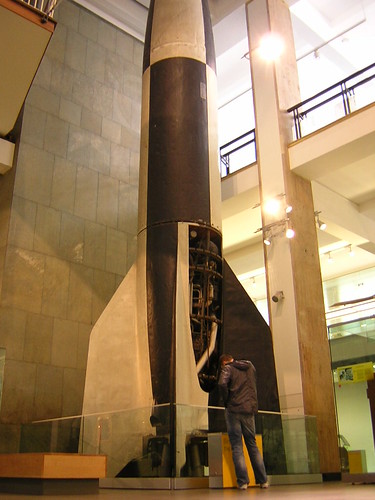
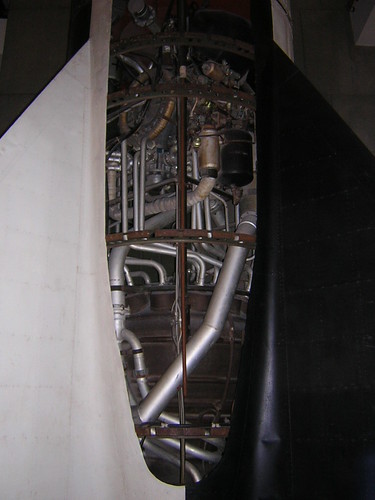
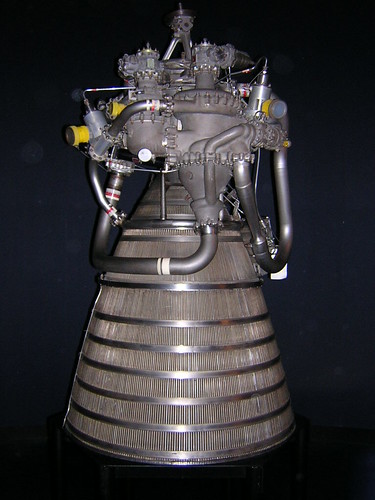
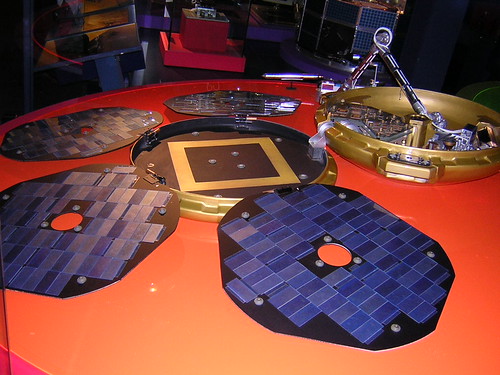
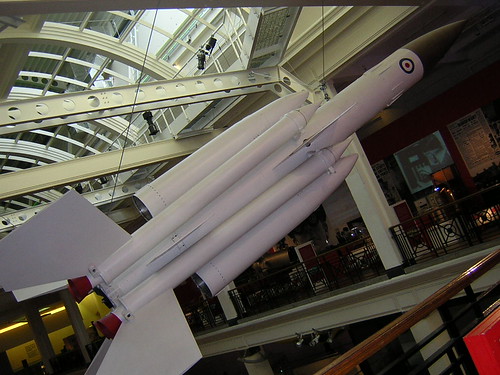
Comments
Spectre
The de Havilland Spectre is or was exhibited at the Science Museum in 1995.
I believe it powered the Blue Streak at Woomera, Australia in the early stages.